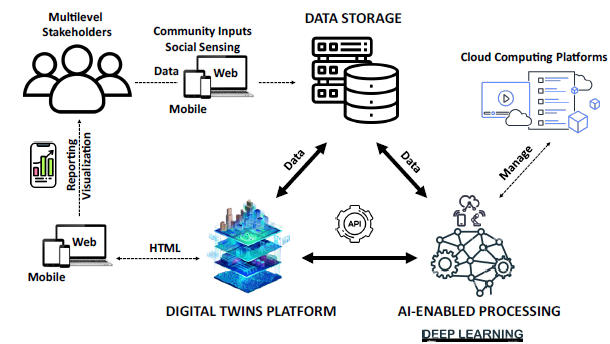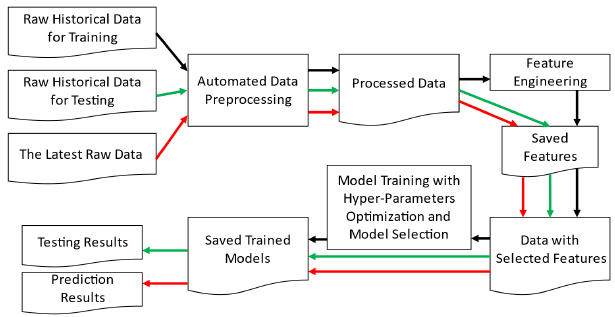Lead PI: Kailai Wang
Federal Fund Allocation (Year 2024-2025): $20,000
Project Description
Cyberattacks are continually expanding in tandem with the growing communication and computing capabilities of modern transportation infrastructure, including intelligent transportation systems (ITS) and advanced traffic management systems (ATMS). With the emergence of connected and automated vehicles (CAVs), the automotive industry is becoming increasingly intertwined with technology and software systems. As vehicles become more digitally interconnected, they also become susceptible to cyber threats like hacking, data breaches, and system malfunctions. This project paves the way for a more comprehensive, multidisciplinary perspective on integrating transportation and cybersecurity-related activities, linking business, social, economic, and geographical factors. Serving as a starting point for future research, this project will investigate the spatiotemporal dynamics of cybersecurity, automotive, and transportation and logistics industries in diverse US regions over the past two decades. This research offers a wide range of implications for products and services aimed at developing holistic resiliency strategies of next-generation transportation systems.
Our interdisciplinary team for this project, comprising experts from cybersecurity, information science, transportation engineering, and urban planning, harbors a long-term vision: to create a robust policy-making framework for transportation cybersecurity. This framework will seamlessly integrate elements such as risk assessment, collaborative stakeholder engagement, adherence to technological standards, and robust regulatory enforcement mechanisms. Acknowledging the intricate nature of this endeavor, our team has devised the proposed project to achieve our short-term goal, a stepping stone towards actualizing our long-term vision. This project's primary focus will delve into the spatiotemporal dynamics of the cybersecurity, automotive, and transportation and logistics industries across diverse US regions. Our project’s objectives are: 1) identify and visualize existing TCI clusters in the US, 2) summarize the key characteristics of these identified clusters, 3) develop AI-enabled models to elucidate the mechanisms behind the clustering process, and 4) provide policy and practical recommendations to enhance the integration of transportation- and cybersecurity-related industry sectors.

In Phase 1, we will first review the literature to conceptualize Transportation Cybersecurity Industry (TCI) clusters as socio‐geographical ecosystems and identify gaps in our understanding of the factors driving their formation. Next, we will assemble and integrate two decades of crowdsourced data on automotive, cybersecurity, and transportation-logistics activities across U.S. regions, establishing a spatiotemporal framework that quantifies cluster dynamics. Building on this foundation, we will apply novel GeoAI algorithms, combining geospatial analysis with machine and deep learning, to uncover the heterogeneous spatial dependencies and mechanisms underpinning TCI clustering, and produce detailed spatial visualizations of our key metrics. In Phase 2, we will synthesize these findings into actionable strategies for fostering TCI clusters—fully documenting our data, code, algorithms, and performance outcomes, and then translate everything into an AI-enabled digital twin decision-support tool, developed in collaboration with representatives from underserved communities, to guide future implementation and policy.
